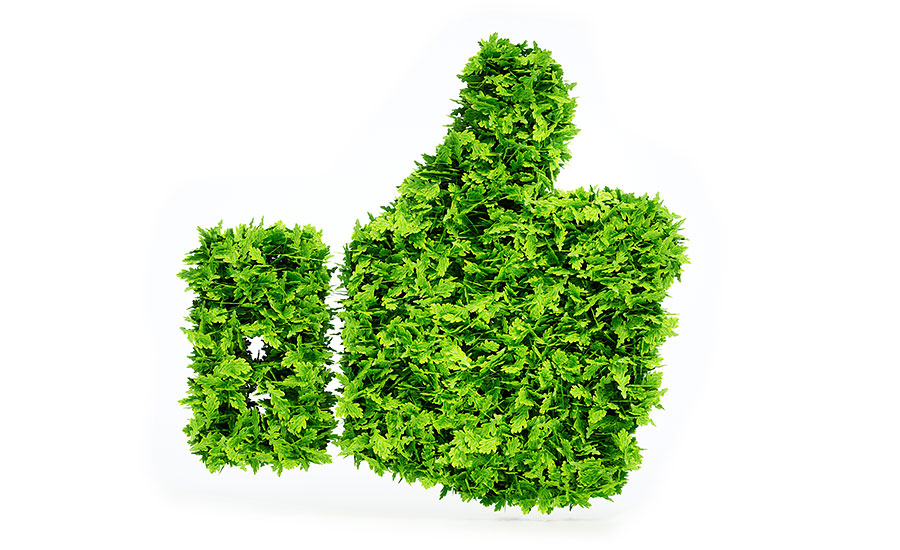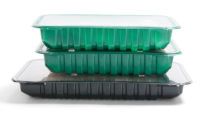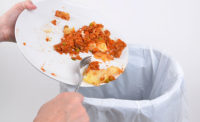"More sustainable” describes today’s meat, poultry and seafood packaging. This means today’s packaging is increasingly likely to contain recycled or renewable content and be recyclable, reusable and/or degradable.
Worldwide, the sustainable packaging market is poised to grow at a compound annual growth rate (CAGR) of 7.7 percent to reach approximately $440.3 billion by 2025, according to the Global Sustainable Packaging Market Analysis and Trends — Industry Forecast to 2025, a market study from Research and Markets, Dublin, Ireland.
What drives growth in sustainable packaging? It can lower costs, shrink carbon footprints and help achieve environmental goals.
Sustainable packaging also evokes a positive response from consumers. A study by Mintel, Food Packaging Trends U.S. 2016, notes 52 percent of consumers prefer to buy foods with minimal or no packaging. Despite this interest, reuse and recycling of food packaging is relatively low, about 30 percent and 42 percent, respectively. According to the study, a lack of clear communication on labels may be a contributor to the relatively low recycling rate, as 25 percent of consumers agree that it’s not always obvious which food packaging is recyclable. In fact, many multilayer materials used for meat, poultry and seafood packaging are not easily recycled because of their multi-material construction. Food residue and other contaminants also may cause problems in the recycling process.
To overcome recycling issues posed by wax-coated corrugated shippers, substrates needing to withstand exposure to water and ice are more likely to be treated with recycling-friendly coatings. In fact, according to figures from the Corrugated Packaging Alliance, corrugated treated with recycling-friendly coatings now dominate.
Sustainable packaging decisions also consider renewability and recycled content. Wood fiber, the primary ingredient in paperboard and corrugated, ranks as the most common renewable material, but substrates derived from biomass such as tomato plants also are available.
Bioplastics provide another renewable packaging option. Polyethylene terephthalate (PET) made from plant-based biomass sources such as sugarcane or sawdust performs and recycles like conventional PET. Other bioplastics that serve the packaging market include polylactic acid, starch-based biopolymers and polyethylene furanoate, a bio-polyester. Use of bioplastics in flexible packaging is expected to soar at double-digit rates. A report by Hexa Research, Bioplastic Packaging Market Size and Forecast, By Raw Material, By Product, By Application and Trend Analysis, 2014-2024, predicts a 20.6 percent CAGR through 2024.
Corrugated and paperboard are not only renewable materials, but also may contain recycled content at levels up to 100 percent. Today’s 100 percent recycled board is lighter yet stronger. For paperboard cartons, a coated recycled board (CRB) with 100 percent recycled content delivers the performance and appearance of virgin solid bleached sulfate (SBS). With a clay coating on two sides, high stiffness and low grain ratio, the CRB processes similar to SBS and offers better strength-to-weight ratios.
Recycled content also may be specified in PET, polystyrene or high-density polyethylene containers such as thermoformed trays, some times in levels up to 100 percent. The recycled resins perform identically to virgin materials and are recyclable in their respective waste streams.
Packaging also can combat food waste, another aspect of sustainability. “Our research shows that reducing food waste is top of mind for consumers,” says John Owen, senior food and drink analyst at Mintel. “This presents opportunities for food brands and retailers to address these concerns through innovative packaging and product messaging.” NP







